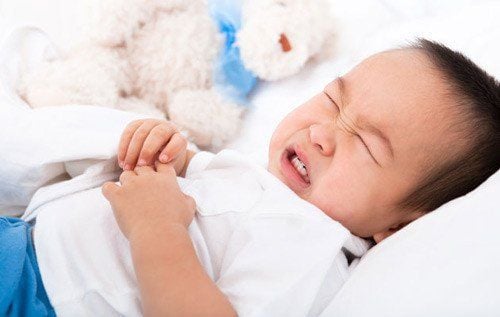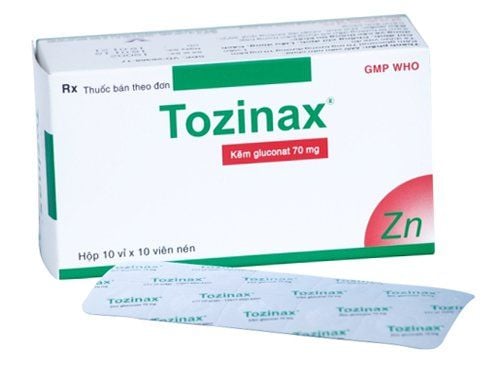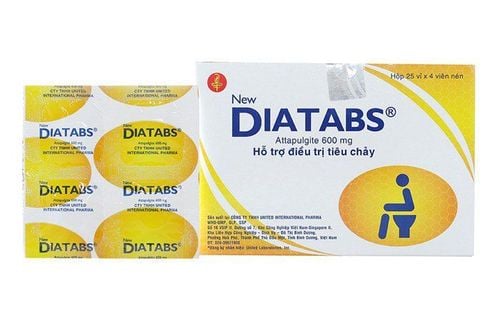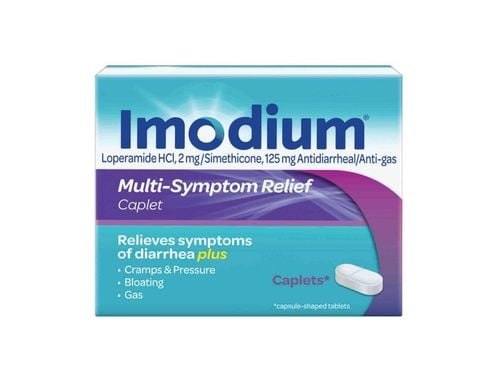This is an automatically translated article.
Diarrhea in children is very common, children under 3 years of age on average will have 3-4 episodes of diarrhea a year. Diarrhea in children should eat, drink what? A reasonable diet when children have diarrhea will help them quickly regain weight and intestinal function.
1. Risk factors for diarrhea in children
Diarrhea in children is defined as 3 or more unusually loose stools in 24 hours. The fluidity of the stool plays an important role, if the child has many bowel movements but the stools are normal, there is no liquid, then it is not diarrhea. According to the progression time, diarrhea is divided into acute diarrhea and persistent diarrhea. In particular, acute diarrhea is diarrhea that occurs suddenly, lasts a few days. Persistent diarrhea is diarrhea that lasts more than 14 days. Acute diarrhea accounts for more than 80% of diarrhea cases.
Diarrhea is still one of the leading causes of death among children in developing countries today. According to estimates of the World Health Organization in 2003, the world had 1.87 million children under 5 years old died from diarrhea, most of which concentrated in children aged 0 to 2 years. There are many causes of diarrhea in children such as:
Children's food is contaminated, children's drinking water is not clean due to not boiling or boiling for too long. People who prepare food, take care of children are not hygienic, do not regularly wash their hands with soap before preparing food, before feeding children. In infants who are still young, but due to lack of milk by their mothers or premature weaning, they must eat foods that are not suitable for their age. Bottle-fed babies are not hygienic, bottle-fed babies have a 10 times higher rate of diarrhea than those who are breastfed or not bottle-fed. Diarrhea in children 6 months to 12 months of age, because during this period, passive antibodies from the mother are reduced while active antibodies are not yet complete. Children begin to learn to eat solid foods, their mobility increases, children like to explore the world around them, so the risk of exposure to pathogens increases. Children who are immunocompromised after contracting infectious diseases such as measles, mumps, chickenpox,... Malnourished children: Malnourished children are more likely to get diarrhea and diarrhea episodes usually last longer than those who are sick. with other children. Diarrhea in children needs to be handled actively, right from the time there are signs of diarrhea, parents need to add enough water for the child to prevent the risk of dehydration and electrolytes, in addition to the diet for the child. Also need special attention, a proper nutritious diet will help children recover quickly, reduce the duration and severity of diarrhea.
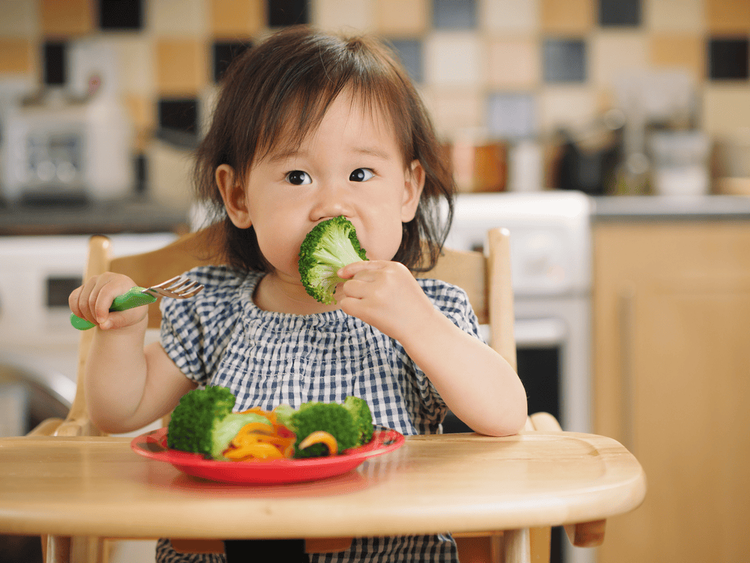
Chế độ ăn uống là điều vô cùng quan trọng với trẻ bị tiêu chảy cấp
2. Diet for children with diarrhea
2.1 What to drink with diarrhea in children?
Rehydration and electrolytes play a very important role in the treatment of diarrhea, the more diarrhea a child has, the more they need to drink to make up for the lost fluid and electrolytes. Most commonly used baby fluids can be used for children with diarrhea. These liquids can be divided into two main groups:
Salt solutions: ORS solution, salted porridge, salted rice water, vegetable soup, chicken soup, meat soup. Note that the soups should not be too salty, the amount of salt used for 1 liter of water is about 3g. Salt-free solutions: clean water, unsalted soups, rice water or other cereal water, coconut water, unsweetened fresh fruit juices. Oresol solution (ORS) is the best solution for rehydration and electrolytes. Currently, on the market, there are many different types of ORS, including sachets and effervescent tablets. The way to prepare is also very diverse, there are 200ml mixed types, 250ml, 1 liter types. Therefore, before mixing, it is necessary to carefully read the instructions for use to prepare the appropriate amount of water, if it is too thick, it will be dangerous for children, too diluted, it does not guarantee effective treatment. Dispensing equipment needs to be clean, ORS solution after reconstitution can only be used within 24 hours.
For babies who are still breastfed, feed them more often and for longer periods of time. Add ORS after each feeding. For children who are not exclusively breastfed, supplement water with ORS solution and many other liquids with the following dosage:
Children under 2 years old: give the child 50-100 ml to drink after each bowel movement and between bowel movements. outings. Children from 2 to 10 years old: give children 100-200ml to drink after each bowel movement and between bowel movements. Children over 10 years old: give them to drink on demand. Continue giving fluids to the child until the diarrhea stops, giving the child frequent, small sips with a spoon. If the child vomits, stop for 10 minutes, then give the child another drink, but more slowly.
The types of solutions that children should not drink are sugary soft drinks such as industrial soft drinks, industrial juices, sugar tea, ... because these types of water can make diarrhea worse. and cause hypernatremia. Coffee, medicinal teas, and infusion solutions should also not be drunk because these are stimulants causing diuretics, these liquids can prolong diarrhea.
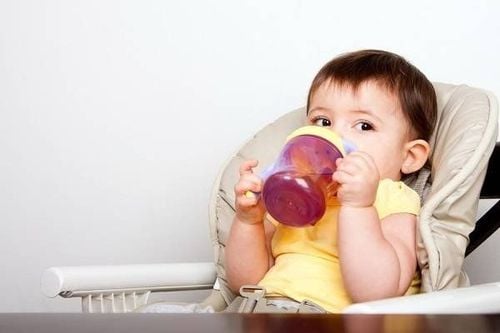
Cấp nước đầy đủ giúp trẻ hạn chế tình trạng mất nước
2.2 Diarrhea in children should eat?
For children to continue to eat, the portion size should be maintained and increased gradually is one of the important principles in the treatment of diarrhea in children. Children should not be restricted from eating and food should not be diluted. Children eat enough nutrients, weight and intestinal function will be restored quickly. Children who do not eat enough during diarrhea, the duration of the illness will be longer, the intestinal function will recover less.
“What to eat with diarrhea in children?” This is a matter of great concern to many parents. In general, the food used for children with diarrhea is the same as the foods children use every day. Some points to note are:
Children of any age who are still breastfed need to breastfeed more often and for longer. If the child is not breastfed, it is advisable to increase the amount of formula that the child is using, about 3 hours apart from each feeding. Diarrhea in children 6 months and under, if breast-feeding and other foods are added, during diarrhea, breast-feeding should be increased. In weaning children, the foods that should be used for children are rice, potatoes, chicken, pork, fish, yogurt, vegetable oil, etc. In particular, carrots, sapodilla, bananas should be added. incense when the child has diarrhea. In addition to providing nutrients such as vitamins, glucid, in these foods contain a lot of pectin and lignin, which help absorb water and draw all pathological products in the intestine and pull it out, helping to thicken stools and clean the intestines. . Some studies also show that Pectin and lignin have the ability to precipitate and dissolve E. coli and typhoid. The antitoxins pectin and lignin are located in the cell membrane of foods, so it is necessary to grind or rub them well to release these substances. Foods should be soft and crushed for easy digestion. It is recommended to add 5-10ml of vegetable oil to each meal. Feed the child as much food as he wants, give him many meals a day, every 3-4 hours. Feeding small amounts in many times will help your baby absorb food better. After the diarrhea stops, continue the high-energy diet, providing one extra snack a day for at least two weeks. For malnourished children, the snack regime should be enhanced until the child reaches a normal height and weight level. Avoid giving children raw vegetables, meat with lots of fibrous veins, indigestible whole grains such as corn and beans because they are difficult to digest. Do not give your child foods high in sugar, as this can make diarrhea worse. Here are some nutrition tips for children with diarrhea. Please regularly monitor website: Vinmec.com to update other useful information.




